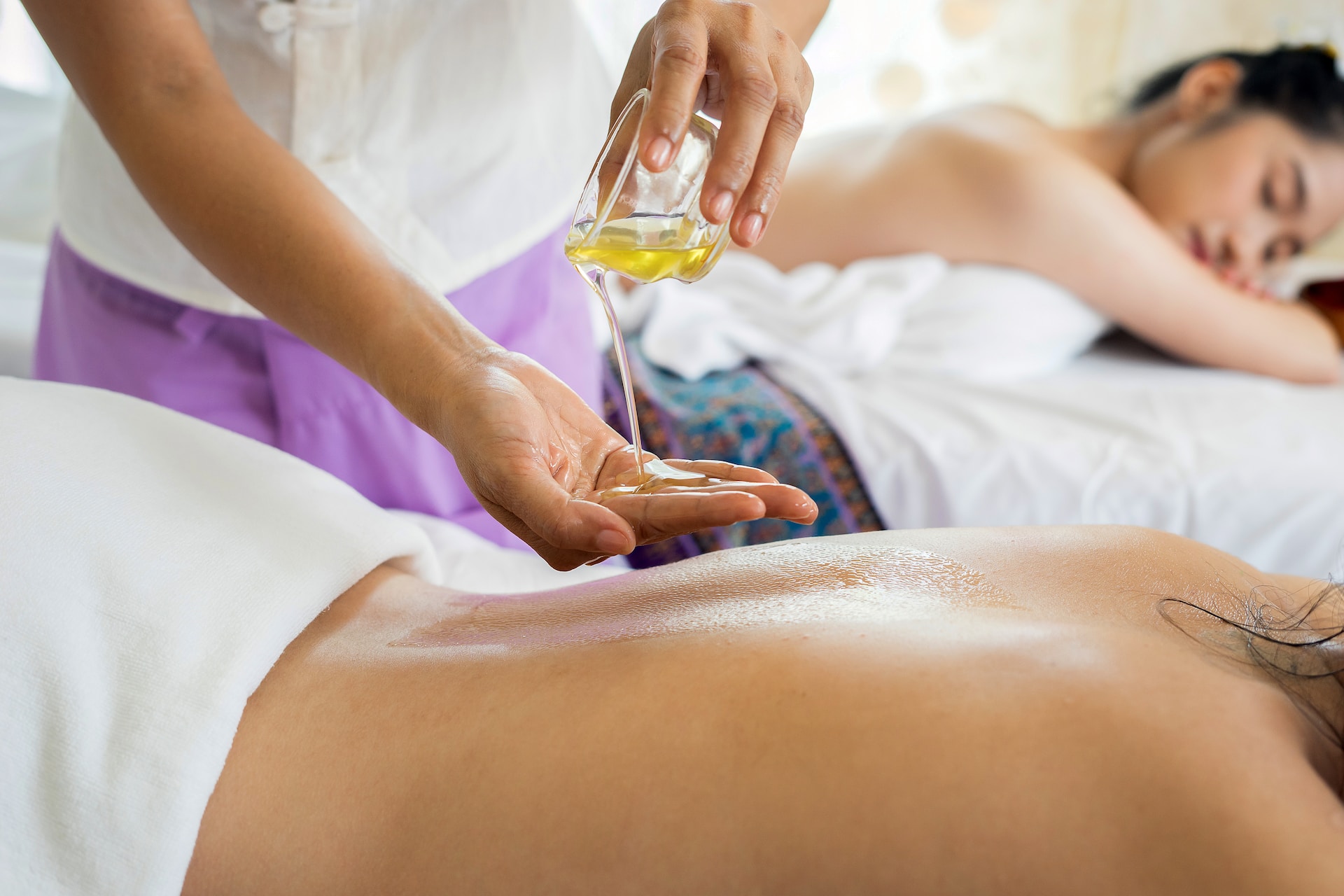
In the world of alternative medicine and alternative healing practices, reflexology attracts attention as a progressively prominent and fascinating method. This ancient technique, rooted in the idea that particular points on the ears, hands, and feet correspond to different organs and systems of the body, has been acquiring traction in the Western world as a complementary therapy for different health problems.
Comprehending the Foundations of Reflexology Reflexology is based on the principle that there are response locations in the feet and hands that are connected to all components of the body. Practitioners think that applying pressure to these details factors can promote health in the equivalent body organs via power pathways. While the precise systems are not totally comprehended by contemporary science, lots of people report substantial gain from reflexology sessions.
The theory behind reflexology suggests that the body is separated right into ten vertical zones, each matching to toes and fingers. By using pressure to particular points within these areas, reflexologists intend to launch obstructed power and promote recovery.
The Historical Journey of Reflexology The beginnings of reflexology can be mapped back thousands of years. Modern reflexology as we recognize it today was created in the very early 20th century by Dr. JKリフレどっとこむ and later on improved by Eunice Ingham, usually referred to as the “mother of reflexology.”
The Reflexology Process: What to Expect A typical reflexology session starts with a consultation where the professional reviews the customer’s health history and current worries. The client then removes their socks and shoes and sits pleasantly or lies down. Using their hands, fingers, and occasionally little devices, the reflexologist applies varying degrees of stress to specific factors on the feet, ears, or hands.
The session typically lasts between 30 to 60 minutes, throughout which customers often report feeling deeply relaxed. Some people experience feelings in other components of their body as different points are boosted, which reflexologists interpret as power relocating via the body.
Possible Benefits of Reflexology While scientific study on reflexology is ongoing, many individuals report a range of gain from normal sessions. These may include:
Decreased stress and anxiety and anxiety Improved blood circulation Enhanced rest top quality Relief from migraines and migraines Alleviation of digestive system issues Boosted power degrees Support for hormonal balance It’s essential to note that reflexology is usually taken into consideration a corresponding treatment and ought to not replace standard clinical therapies. Numerous find it an important addition to their general wellness regimen.
Reflexology in Modern Healthcare As passion in alternative health methods grows, reflexology is finding its place in numerous healthcare setups. Some medical facilities currently provide reflexology as component of their integrative medication programs, specifically for patients handling chronic discomfort, cancer-related signs and symptoms, or stress and anxiety. Several day spas and wellness facilities additionally consist of reflexology in their service offerings, acknowledging its possibility for tension alleviation and leisure.
Study released in the Journal of Complementary and conventional Medicine suggests that reflexology may be efficient in decreasing discomfort and boosting relaxation, making it a promising corresponding treatment for different conditions.
Do It Yourself Reflexology: Self-Care at Home While specialist sessions can be advantageous, some standard reflexology techniques can be practiced in your home. Simple foot rolls making use of a tennis sphere or reflexology tools can assist stimulate factors on the feet. Lots of people discover this an enjoyable means to relax at the end of the day or to reduce foot discomfort from representing lengthy periods.
The Future of Reflexology As more study is performed, reflexology might get more acknowledgment in the clinical community. Present studies are discovering its possible applications hurting management, stress and anxiety reduction, and even as a supportive treatment for clients undertaking cancer cells therapy. The non-invasive nature of reflexology, integrated with its prospective to promote leisure and overall well-being, makes it an attractive alternative for those seeking all-natural strategies to health care.
Whether deemed a science-based therapy or an all natural art form, reflexology uses a distinct method to understanding and sustaining the body’s natural healing procedures. As we continue to explore the complex links in between different parts of our body, techniques like reflexology remind us of the power of touch and the capacity for recovery that exists within our own hands and feet.
Comprehending the Foundations of Reflexology Reflexology is based on the principle that there are response locations in the feet and hands that are linked to all parts of the body. Modern-day reflexology as we recognize it today was developed in the very early 20th century by Dr. William Fitzgerald and later improved by Eunice Ingham, frequently referred to as the “mommy of reflexology.”
The Reflexology Process: What to Expect A normal reflexology session starts with an examination where the professional discusses the client’s wellness history and current issues. Reflexology in Modern Healthcare As interest in all natural wellness techniques grows, reflexology is finding its area in different medical care settings. DIY Reflexology: Self-Care at Home While professional sessions can be beneficial, some basic reflexology strategies can be practiced at home.
